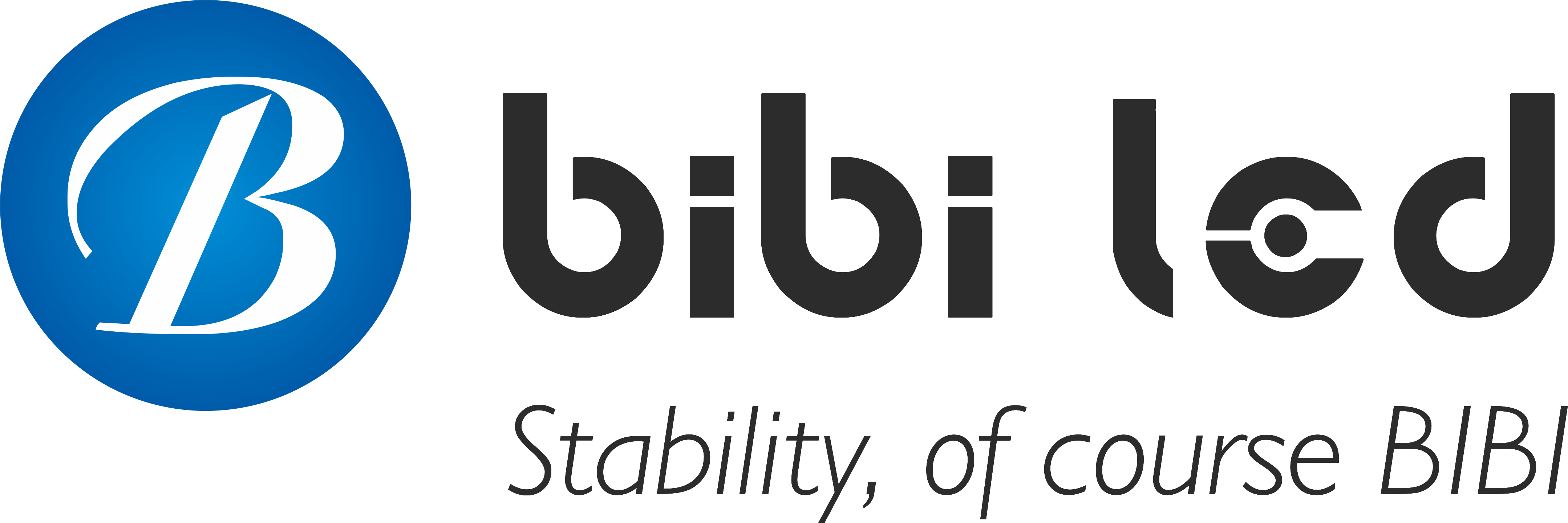Introduction
Boarding schools are “small societies” where students learn and live, and information dissemination is crucial. But are traditional bulletin boards and broadcasting systems no longer sufficient?
Are you looking for a more efficient and interactive way to display information? Écrans LED may be your answer.
Table des matières
Requirement 1: 24/7 Stable Operation
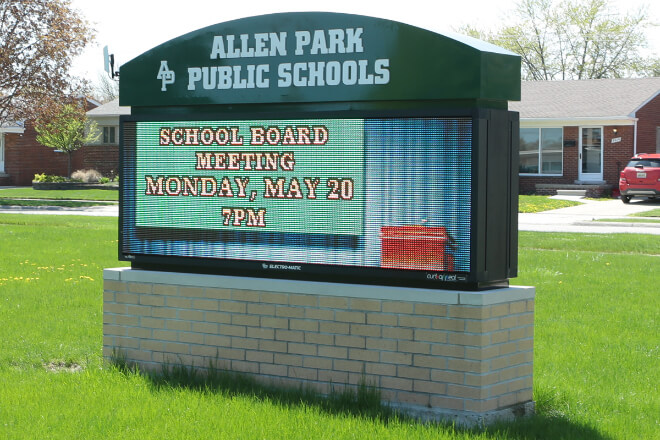
On campus, information dissemination can’t rely solely on daylight hours. During evening study sessions, when classrooms are dimly lit and hallways are empty, students still need timely notifications.
They also need to ensure they don’t miss important information when returning to school after weekends or holidays.
The 24/7 stability of LED screens is particularly important in these scenarios. The screens must not only be bright enough to display information in direct sunlight or the dim light of night.
But also consume low power to prevent overheating or malfunctioning even during extended use, ensuring uninterrupted information flow.
More importantly, the remote centralized control feature empowers campus administrators to quickly update screen content from anywhere, delivering timely announcements, course changes, or emergency notifications.
This ensures that information reaches every corner of the campus, truly enabling 24/7, seamless campus information services.
Requirement 2: Ability to Display Diverse Content
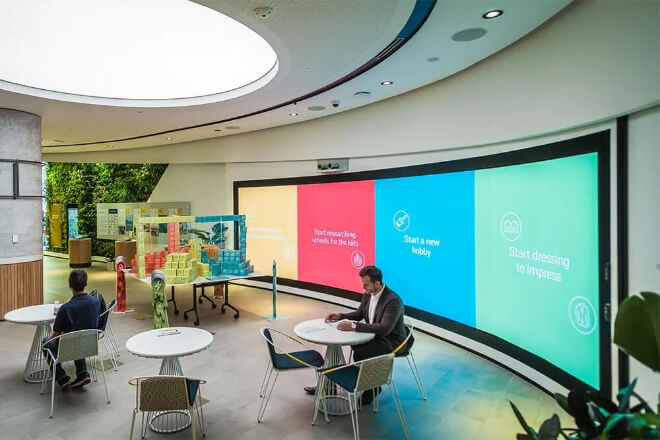
LED displays on campus are no longer just cold bulletin boards; they’ve become more like attentive “secretaries” for the campus.
In the morning, students entering a classroom can see the day’s class schedule and upcoming lecture information, allowing them to plan their studies at a glance.
At lunchtime, the cafeteria menu scrolls on the screen, eliminating the need for long lines and endless inquiries.
Laundry room availability is also clearly visible, eliminating the need for blindly waiting in line.
Announcements of various campus events ensure that students who love clubs and sports never miss a moment.
More importantly, when emergencies occur, such as typhoons, flu outbreaks, or campus power or water outages, alerts pop up immediately, allowing teachers and students to take swift action.
At night, the screens at the dormitory entrances remind students returning late to be safe or issue dormitory management notices, allowing information to flow naturally like air, reaching every corner of the campus.
Requirement 3: Hierarchical Permission Management
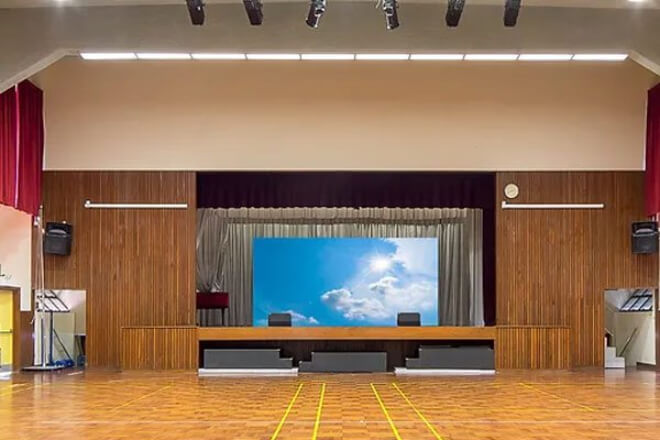
Although the campus LED display screens are accessible to all faculty and students, the management of different information is not completely public.
The Academic Affairs, Logistics, and Student Affairs offices each manage their own areas of responsibility: the Academic Affairs office updates course schedules and exam arrangements.
The Logistics office is responsible for cafeteria menus and facility status, and the Student Affairs office announces upcoming events or notices.
This allows each department to easily manage its own information without interrupting others. The screens can also restrict students from viewing sensitive content, such as disciplinary notices, to protect their privacy.
Additionally, scheduled automatic clearing or updating of information can be set to prevent sensitive content from lingering on the screen for extended periods.
Each scrolling notification is neatly organized, ensuring smooth and secure information flow on campus, as if a smart secretary is silently operating the entire campus.
Requirement 4: Optimal Screen Layout

If LED screens on campus are randomly placed, they can easily become overwhelming, so a proper layout is crucial.
Screens located at the entrances and exits of dormitories primarily display daily life information and safety reminders, allowing students to see daily precautions as soon as they step out the door.
Screens in teaching buildings and libraries primarily display class schedules and exam reminders, allowing everyone to stay informed about their studies.
Screens in the cafeteria and common areas rotate event posters, announcements, and campus culture promotions, adding a lively atmosphere.
Screens along main thoroughfares emphasize overall aesthetics and coordination, conveying information without creating visual distractions, allowing information to flow naturally like air, reaching every corner of the campus.
Requirement 5: Content style should be tailored to the aesthetics of teenagers.
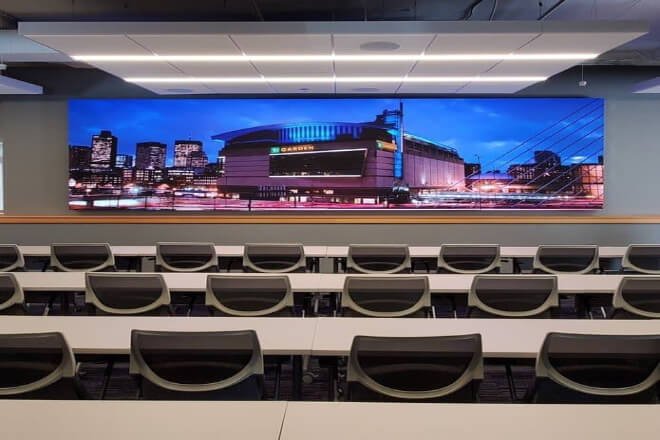
The content style of campus LED displays should go beyond simply cold, text-based announcements.
For young students, information on screens should be approachable and lively, avoiding the dull, red-background, yellow-text-filled feel of traditional bulletin boards.
Screens can incorporate campus videos, animations, or safety games to make information engaging and attractive, attracting students’ attention.
Even better, you can encourage students to participate in content creation, allowing them to shoot short videos, design posters, or plan small events.
This way, every message on the screen is more relevant to their interests, making it easier for them to accept and remember.
Whether it’s about study schedules, campus activities, or safety tips, using engaging presentations makes information delivery effortless and natural, creating a vibrant and interactive campus.
After reading this article, have you gained a clearer understanding of the use of LED screens in boarding schools?
are not only a tool for displaying information, but also a “little assistant” for campus management.
6. Conclusion
If you are considering installing LED screens in your school or looking to optimize your existing screen system, we hope these tips will be helpful.
Finally, for more information about LED screens, please Contactez-nous.
